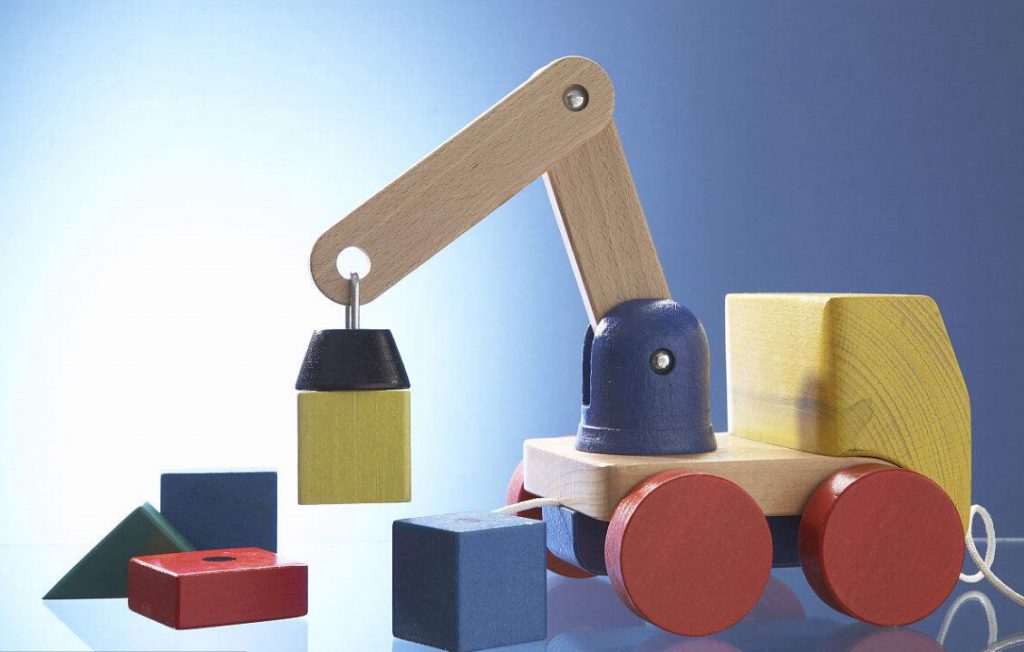List of Magnet Applications in Practical Life
Many people are quite familiar with magnets and have used them. But when asked about magnet applications in daily life, they will find it difficult to answer. So in this article, let's take a look at the list of magnet applications in our everyday lives.

Magnet Applications
1. Magnet Applications in Traditional Industry
In describing the magnetic sources, electromagnetic induction, and magnetic devices of magnetic materials, we have mentioned the practical application of some magnetic materials. Magnetic materials have been widely used in various aspects of traditional industry.
For example, without magnetic materials, electrification would be impossible because generators, transformers for power transmission, and speakers for electric motors, telephones, radios, and televisions would be used for power generation. Magnetic steel voice coil structure is used in many instruments. All of this has already been said in other parts of the story.
Further reading: Everyday Uses of Magnets
2. Magnet Applications in Medicine
In medicine, the use of nuclear magnetic resonance (NMR) can diagnose abnormal tissues of the human body and judge diseases. This is the familiar technology of nuclear magnetic resonance imaging.
Its basic principle is as follows: the nucleus has positive charges and spins. Normally, the arrangement of nuclear spin axes is irregular, but when placed in an external magnetic field, the orientation of nuclear spin space transits from disorder to order. The magnetization vector of the spin system increases gradually from zero. When the system reaches equilibrium, the magnetization reaches a stable value.
If the nuclear spin system is subjected to external action, such as a certain frequency of radiofrequency excitation of the nucleus can cause a resonance effect. After stopping the radio frequency pulse, the nuclei which have been intensified by the spin system cannot maintain this state. They will return to the original arrangement state in the magnetic field and release weak energy to become radio signals. When these signals are detected and spatially resolved, the image of the distribution of the nuclei in motion can be obtained.
Nuclear magnetic resonance (NMR) is characterized by the absence of signals from flowing liquids called flow effects or flow blank effects. Therefore, the blood vessel is a gray-white tubular structure, while the blood is black without a signal. This makes it easy for blood vessels to separate soft tissues. Magnetite is a kind of traditional Chinese medicine. Red blood cells and white blood cells are separated by magnetic differences of different components in the blood.
In addition, the interaction between the magnetic field and human meridians can achieve magnetic therapy, which has a unique role in the treatment of a variety of diseases. There are already applications for magnetic therapy pillows, magnetic therapy waistbands, and so on. The iron remover made of the magnet can remove iron particles in flour, etc., magnetized water can prevent boiler scaling, and magnetized seeds can increase crop production to a certain extent.
Further Reading: Permanent Magnet used in the Medical Industry
3. Magnet Applications in the Field of Astronomy
Sunspots are areas of intense magnetic activity on the sun. The outbreak of sunspots will have an impact on our lives, such as the temporary disruption of radio communications. Therefore, the study of sunspots is of great significance to us.
Geomagnetic changes can be used to explore deposits. Because all substances have strong or weak magnetism, if they gather together to form deposits, they will inevitably interfere with the geomagnetic field in the vicinity and cause anomalies in the geomagnetic field. According to this point, we can measure the magnetism of the earth on the land, ocean, or in the air, obtain the geomagnetic map, analyze and further explore the magnetic anomaly area on the geomagnetic map, and often find unknown mineral deposits or special geological structures. Rocks of different geological ages often have different magnetism. Therefore, we can judge the change in geologic age and crustal change according to the magnetism of rocks.
Many mineral resources are symbiotic, that is to say, several minerals are mixed and they have different magnetism. Using this characteristic, people have developed magnetic separators. By using the different magnetism of minerals with different components and the difference in magnetic strength, magnets attract these substances, then their attraction will be different. As a result, different magnetic minerals mixed can be separated and magnetic mineral processing can be realized.
4. Magnet Applications in the Military Field
Magnetic materials such as neodymium magnets have also been widely used in the military field. Ordinary mines, for example, can only explode when they come into contact with a target, so their role is limited. If magnetic sensors are installed on mines, because tanks or warships are made of steel, when they approach (without touching targets), the sensors can detect changes in the magnetic field, which makes mines explode and increases their lethality.
Conclusion
Thank you for reading our article and we hope it can help you know the magnet applications in practical life better. If you want to know more about magnets, we advise you to visit Stanford Magents. Neodymium magnets, and other non-rare earth permanent magnets are available at a very competitive price.














